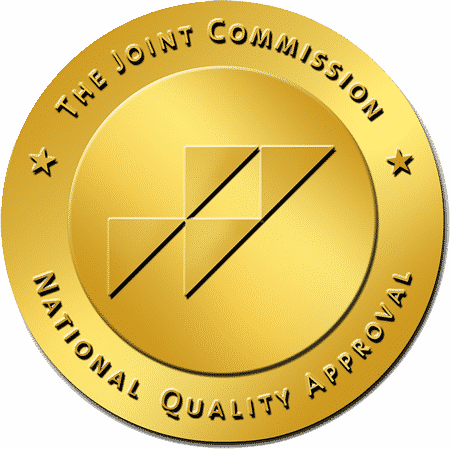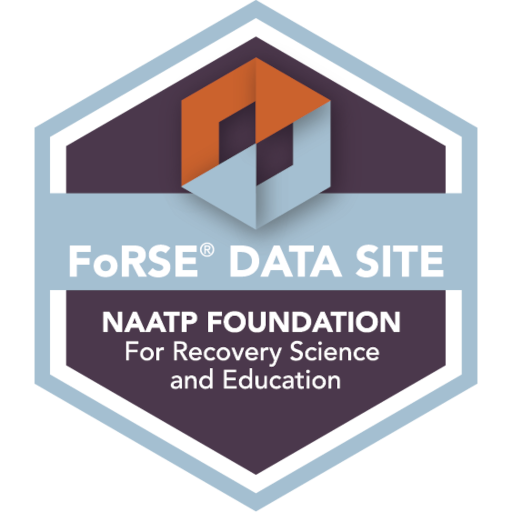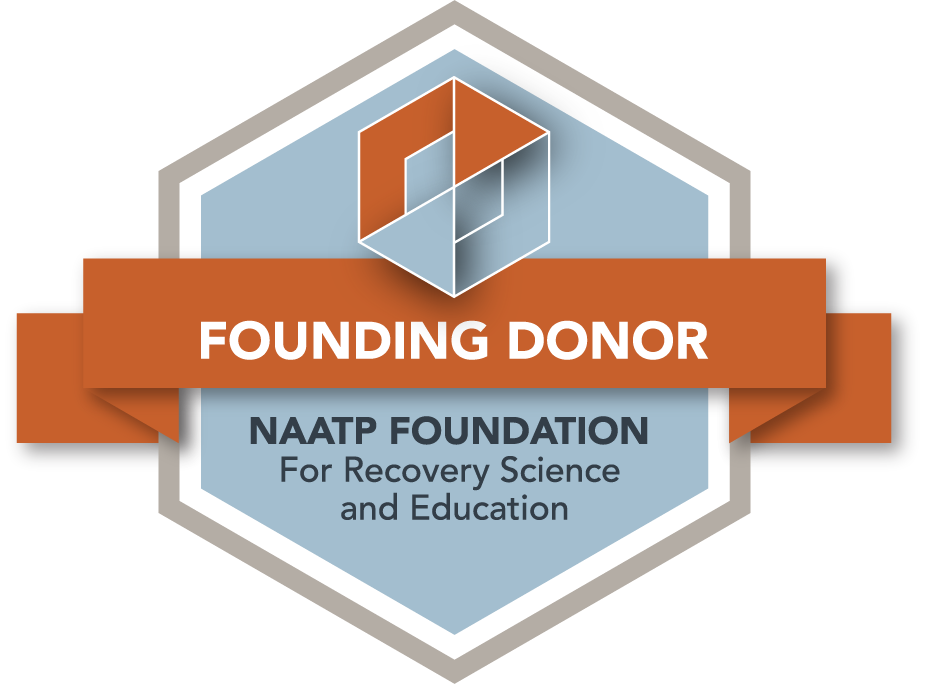Key Takeaways
- Ketimine is a beneficial sulfur-containing compound that plays significant roles in biochemical processes and demonstrates potential antioxidant and neuroprotective properties.
- Despite their similar spelling, ketimine and ketamine are entirely different substances with unrelated chemical structures and effects in the human body.
- Understanding the distinction between ketimine (a natural metabolite) and ketamine (a pharmaceutical anesthetic and recreational drug) is crucial for proper research, medical treatment, and health education.
Introduction to Ketimine
Ketimine is a naturally occurring compound that has garnered attention for its various biological activities, particularly its antioxidant and neuroprotective effects. This sulfur-containing cyclic compound is derived from the amino acid cysteine, making it a significant player in human biochemistry. Research has shown that ketimine holds potential therapeutic applications, particularly in treating neurodegenerative diseases such as Alzheimer’s disease and amyotrophic lateral sclerosis. Lanthionine ketimine and its derivatives may enhance neurogenesis and limit neuroinflammation, further supporting their potential in therapeutic development.
Definition and Structure of Ketimine
Ketimine is a cyclic compound characterized by a five-membered ring that includes a sulfur atom and a carboxylic acid group. From a chemical perspective, ketimine is produced from primary amines and ketones, resulting in a structure with distinct chemical properties. The presence of the sulfur atom and the carboxylic acid group in its structure distinguishes ketimine from other compounds. Similar compounds include cystathionine ketimine and lanthionine ketimine, which have been identified in various biological tissues, including human and bovine brain, highlighting their biological significance.
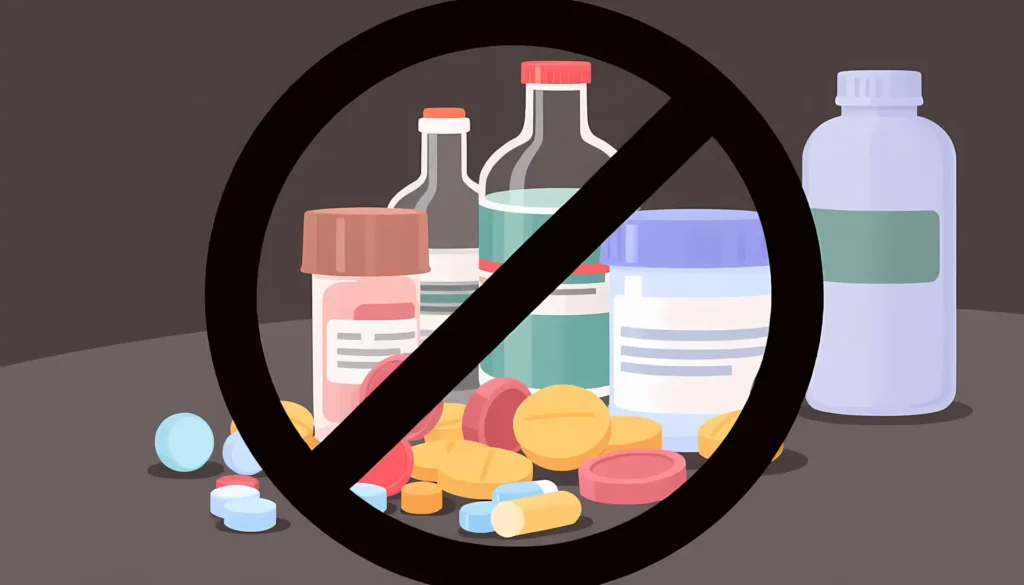
Ketimine vs. Ketamine: Critical Differences
What Is Ketamine?
While ketimine is a natural metabolite involved in cellular processes, ketamine is an entirely different substance. Ketamine is a synthetic pharmaceutical drug classified as a dissociative anesthetic. It was originally developed for use in anesthesia, particularly in emergency medicine. Ketamine has a chemical formula of C??H??ClNO and belongs to the arylcyclohexylamine class, bearing no structural similarity to ketimine. At anesthetic doses, ketamine induces a state of dissociative anesthesia, providing pain relief, sedation, and amnesia.
Understanding Ketamine Use and Misuse
Unlike ketimine, ketamine has seen significant misuse, particularly among young adults. In 2018, approximately 11% of the global population had used ketamine at least once, highlighting its widespread recreational use. Ketamine’s dissociative properties can make users feel detached from their surroundings and themselves, creating potentially dangerous experiences. These effects are completely unrelated to the biochemical functions of ketimine in human metabolism.
Chemistry and Properties: Worlds Apart
Ketimine’s Biochemical Role
Ketimine’s biosynthesis is a complex process that begins with the condensation of cysteine with a ketone, resulting in the formation of a cyclic compound. This reaction is catalyzed by specific enzymes that play pivotal roles in the metabolism of sulfur-containing amino acids. The formation of ketimine through this biosynthetic pathway represents a critical step in broader metabolic processes involving sulfur-containing compounds, underlining its potential importance for cellular health.
Ketamine’s Pharmaceutical Profile
In stark contrast, ketamine works primarily as an NMDA receptor antagonist in the brain, which accounts for most of its psychoactive effects. When used medically, ketamine has a rapid onset and short duration of action. It is extensively metabolized in the liver to norketamine, which has about one-third the potency of the parent compound. This metabolic pathway has no relationship to ketimine’s metabolism in the human body.
Health Effects and Applications
Ketimine’s Potential Benefits
Research into ketimine compounds has revealed promising properties. For instance, aminoethylcysteine ketimine decarboxylated dimer, a natural sulfur-containing compound detected in human plasma and urine, shows remarkable antioxidant activity. Studies indicate it can interact with reactive oxygen and nitrogen species, potentially offering protection against oxidative stress. This antioxidant activity is comparable to that of Vitamin E and higher than other hydrophilic antioxidants such as trolox and N-acetylcysteine.
Ketamine’s Medical Uses and Risks
Ketamine has legitimate medical applications, including anesthesia and, more recently, treatment-resistant depression. However, it also carries significant risks when misused, including cognitive impairments, memory issues, and urinary tract problems with long-term use. The psychological effects of ketamine can include hallucinations, dissociation, and altered perception – effects entirely unrelated to ketimine’s biological functions.
Metabolic Pathways of Ketimine
Ketimine is metabolized through a series of intricate pathways that include both biosynthesis and degradation processes. Understanding these pathways is essential for comprehending how ketimine functions within the human body. The formation of ketimine involves the condensation of cysteine with a ketone, resulting in a cyclic compound that plays various roles in cellular biochemistry. This pathway highlights the importance of ketimine in human metabolism and underscores its potential as a target for drug discovery and therapeutic interventions.
Addressing Confusion and Misunderstandings
The similar spelling of ketimine and ketamine has led to significant confusion in both scientific literature and public understanding. It’s crucial to recognize that these are entirely different compounds with distinct chemical structures, biological functions, and effects on human health. This confusion can have serious consequences, particularly for individuals seeking information about either compound for medical or research purposes.
For those researching ketimine’s metabolic roles or potential therapeutic applications, accidentally finding information about ketamine could lead to misunderstandings about its biochemical functions. Similarly, someone seeking information about ketamine treatment or risks might mistakenly look up ketimine, missing critical safety information.

Common Street Names and Forms of Ketamine
Ketamine is known by several street names, reflecting its various forms and methods of consumption. Some of the most notable street names include ‘K’, ‘special K’, ‘cat valium’, and ‘vitamin K’. These names are often used within different subcultures and can vary by region, adding to the complexity of identifying and understanding ketamine misuse.
In terms of its physical form, ketamine is commonly found as a powder or liquid. Users may inhale ketamine powder through the nose or consume it by mixing it with smokable substances like marijuana. These methods of consumption highlight the versatility of ketamine and its appeal to recreational users seeking different experiences.
Recognizing the common street names and forms of ketamine is for identifying its presence in various environments. This knowledge can help parents, educators, and healthcare providers identify potential signs of ketamine use and intervene appropriately.

Short-term Dangers of Ketamine Use
Ketamine’s classification as a dissociative anesthetic means it has profound effects on the brain, particularly by targeting the NMDA receptor and influencing neurotransmitter systems. This interaction can lead to a range of immediate physical and cognitive effects that pose significant risks to users.
Ketamine has been effectively used as an anesthetic during emergency surgery in field conditions, such as in war zones like the Vietnam War, due to its minimal impact on breathing and circulation. The use of ketamine in anesthesia reflects characteristics like preserved breathing and airway reflexes compared to other anesthetics, making it particularly valuable in critical care settings.
One of the most concerning short-term dangers of ketamine use is its high bioavailability of about 93%, which allows for rapid absorption and onset of effects. This rapid onset can lead to sudden and severe physical reactions, including increased heart rate, elevated blood pressure, and changes in body temperature. These physiological changes can be particularly dangerous for individuals with underlying health conditions or those who combine ketamine with other substances.

La Hacienda’s Specialized Disease Approach to Ketamine Addiction
La Hacienda Treatment Center offers a specialized approach to treating ketamine addiction, providing comprehensive support throughout the recovery process. One of the key features of our program is the availability of on-staff physicians who understand the disease of addiction. Our patients are observed 24/7, ensuring medical support is always available. This continuous medical care is important for managing withdrawal symptoms and addressing any reaction or cognition or health concerns that arise during a patients stay.
The center’s recognition as a Cigna Center of Excellence highlights its commitment to quality care and effective evaluation for substance use issues. This designation reflects La Hacienda’s dedication to providing top-notch services and achieving positive outcomes for their patients.
Integrated clinical drug and alcohol group sessions combine mental health and addiction services as a cornerstone of La Hacienda’s approach. This comprehensive method addresses both the psychological and physical aspects of addiction, improving health outcomes and reducing relapse rates. Dual diagnosis screening instruments are also utilized to provide evidence that any co-occurring mental health disorders are identified and treated alongside the addiction.
Family involvement is emphasized throughout the recovery process at La Hacienda. The center offers a dedicated Family Program that includes therapy and communication workshops, helping to strengthen support systems and improve the overall recovery experience. This holistic approach ensures that patients receive the support they need from their loved ones, fostering a more robust and sustainable recovery.

Assessment Processes Ketamine and Co-occurring Disorders
At La Hacienda, the journey to recovery begins with a comprehensive assessment process designed to tailor treatment plans to each patient’s unique needs. This individualized approach ensures that all aspects of a patient’s health, including any co-occurring disorders, are thoroughly evaluated and addressed.
The methodology at La Hacienda integrates evidence-based therapies, focusing on both physical and mental health. By combining these therapies with a holistic healing approach that addresses the mind, body, and spirit, the center aims to provide a well-rounded recovery experience. Such a holistic view is essential for achieving long-lasting recovery and overall well-being.
Daily medical care is a fundamental aspect of the treatment process at La Hacienda. The medical team is available around the clock to monitor patients’ well-being and manage withdrawal symptoms, ensuring a safe and supportive environment for recovery. This continuous care is on site for minimizing the risk of relapse and supporting patients through the challenging early stages of recovery.
The seamless transition from detoxification to residential is another key feature of La Hacienda’s approach. This continuity of care helps reduce the risk of relapse and provides a stable foundation for long-term recovery. Effective diagnosis and formation of treatment strategies for ketamine addiction and any co-occurring disorders rely on comprehensive assessment processes.
Summary
Ketamine and Ketamine are completely different. Ketimine is a natural metabolite involved in cellular processes and Ketamine is a synthetic pharmaceutical drug classified as a dissociative anesthetic used in anesthesia, particularly in emergency medicine. However, Ketamine can be abused and lead to addiction.
Ketamine addiction is a complex and challenging issue that affects individuals and their loved ones profoundly. From its chemical properties and street names to the early warning signs and long-term health impacts, understanding ketamine misuse is needed for effective intervention.
La Hacienda’s specialized approach to treating ketamine addiction provides a comprehensive and supportive environment for recovery. With 24/7 medical support, integrated clinical plans and evaluation, and a strong emphasis on family involvement, the La Hacienda offers a holistic path to healing. The seamless transition from detoxification to residential level of care and the structured alumni program further enhance the chances of long-term success.
Recovery from ketamine addiction is not only possible but achievable with the right support. If you or a loved one is struggling with ketamine misuse, or are wondering if drugs and their concentration and potency are addictive and present reach out to La Hacienda for a confidential assessment and take the first step towards a brighter future. I you are a loved is struggling with addiction. Please call La Hacienda today.
Frequently Asked Questions
Can ketimine produce effects similar to ketamine?
No, ketimine cannot produce ketamine-like effects. Ketimine is a natural metabolite involved in normal cellular processes with no known psychoactive properties. Ketamine’s effects result from its interaction with NMDA receptors in the brain, which ketimine does not target.
Is ketimine present in foods?
Certain forms of ketimine compounds, such as aminoethylcysteine ketimine decarboxylated dimer, have been detected in many common edible vegetables, though specific dietary sources are still being researched.
Can ketimine be used therapeutically?
While research is ongoing, ketimine compounds show promising antioxidant and neuroprotective properties that may have therapeutic applications, particularly for neurodegenerative conditions. However, these potential treatments are still in the research phase.
How can I distinguish between information about ketimine and ketamine?
Always verify which compound is being discussed by checking the chemical formula, structure, or context. Ketimine is typically discussed in biochemical or metabolic contexts, while ketamine is discussed in anesthetic, psychiatric, or substance misuse contexts.
Are there any known interactions between ketimine and medications?
Currently, there is limited research on interactions between ketimine compounds and medications. As a natural metabolite, direct interactions are less likely than with pharmaceutical compounds like ketamine.
How quickly can someone develop a ketamine dependency?
Ketamine dependency can develop relatively quickly with regular use, as both psychological and physical dependencies can arise. The exact timeline varies by individual, but consistent consumption increases the risk of significant dependence.
What makes ketamine particularly dangerous compared to other substances?
Ketamine poses particular dangers due to its dissociative effects, which can result in severe psychological disturbances such as hallucinations, reducing inhibition and impaired motor skills. Generally, its high bioavailability contributes to rapid and intense effects, elevating the risk of accidents and health complications.
Can you overdose on ketamine? What does that look like?
Yes, it is possible to overdose on ketamine, leading to severe confusion, disorientation, hallucinations, and potentially dangerous changes in heart rate and blood pressure. Immediate medical attention is required in such situations.
How can I tell if someone I love is using ketamine?
If someone you love is using ketamine, you may notice signs such as persistent feelings of detachment from reality, increased tolerance to its effects, and changes in social behavior, including withdrawal from friends and family. These indicators can help you assess their situation and take appropriate action.
What is ketamine bladder syndrome and is it reversible?
Ketamine bladder syndrome involves significant urinary complications and abdominal pain due to chronic ketamine use. Although some symptoms may improve after discontinuation, there is potential for lasting damage that may necessitate medical care.
Sources:
NIH.gov: Lanthionine ketimine ester provides benefit in a mouse model of multiple sclerosis
NIH.gov: Sulfur-Containing Compounds Originating from Natural Metabolites
